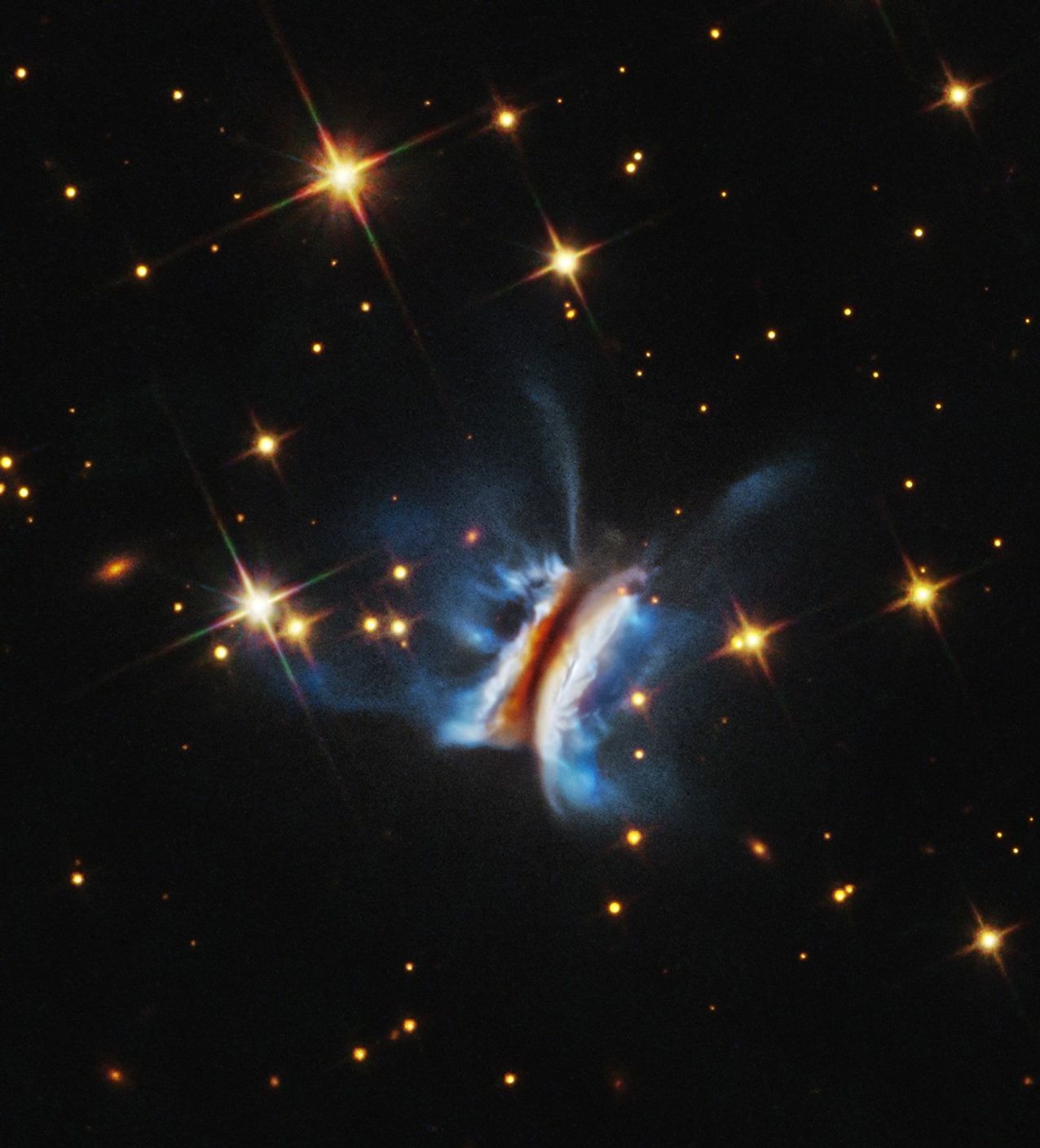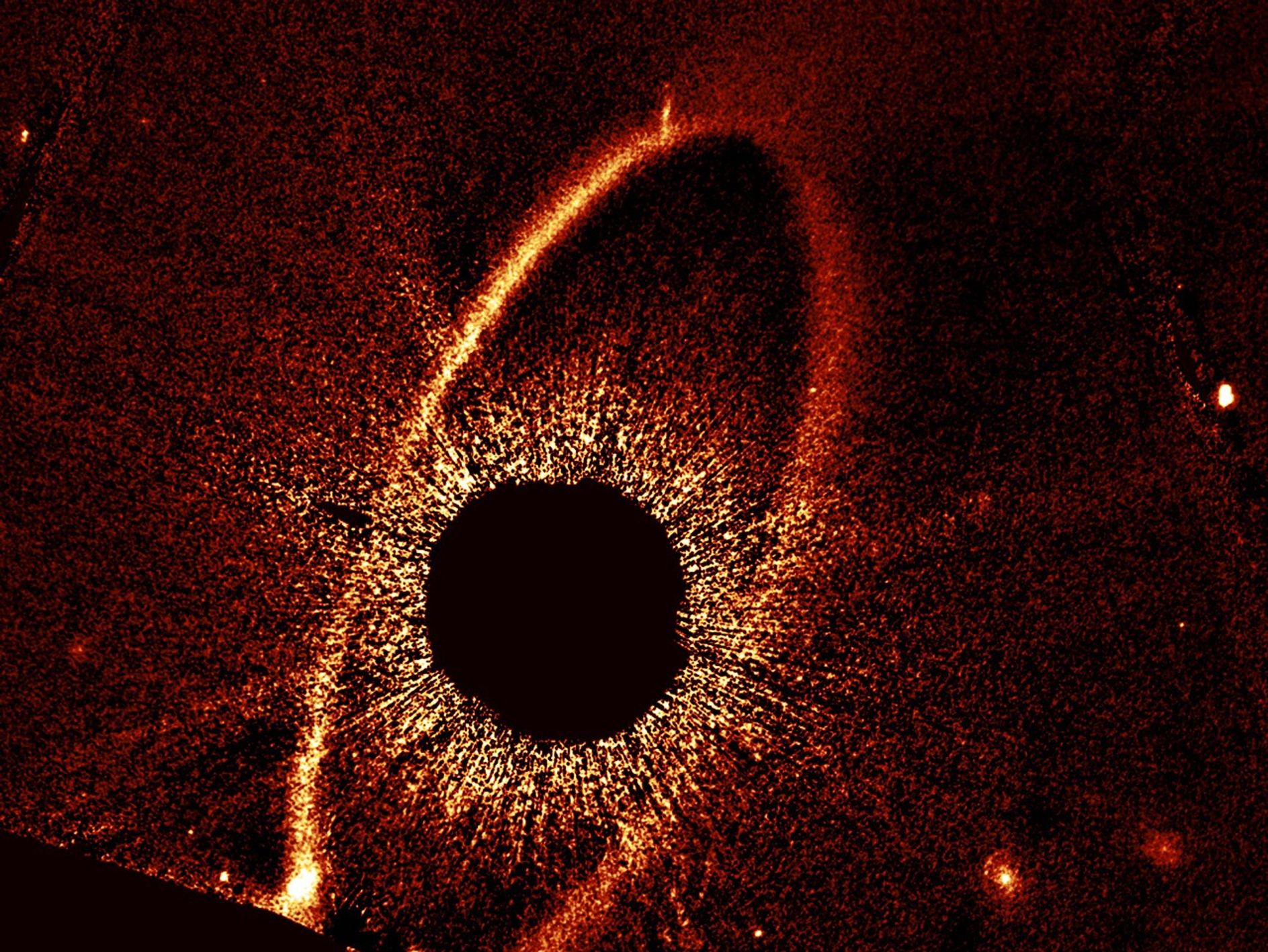Newsflash: Assembly of the next great space observatory, the James Webb Space Telescope (JWST), is now underway at NASA’s Goddard Space Flight Center. Launch target: 2018.
JWST is an infrared telescope, which means it will sense the heat of stars and galaxies millions and even billions of light years away.
Eric Smith, JWST Program Director and Program Scientist at NASA Headquarters in Washington, DC says, “It will show us the first stars and galaxies that formed in the early universe. We’ll be able to watch the universe light up for the first time!”
A really big mirror is required to collect light from objects more than 13 billion light years away. The telescope’s mirror is so large -- 21 feet 4 inches across -- that it will have to be folded with its sunshield when it's time to fit in a rocket for launch.
There are 18 mirror segments, each 4.3 feet in diameter, that have recently been mounted on the structure that will ultimately hold them in place and let them perform as if they were part of a single giant hexagonal mirror. Once the telescope is fully assembled and attached to the instrument module, the whole unit will be vibration and acoustic tested.
Final cryogenic testing takes place at Johnson Space Centerin early 2017 in the same vacuum chamber that tested the Apollo lunar lander. Then the telescope will be integrated with the spacecraft and sunshield at Northrop Grumman in Redondo Beach, California.
Next, it will be placed in a special transportation container on a large ship to voyage from California through the Panama Canal to Kourou, French Guiana, where it will catch a ride to space on an Ariane 5 rocket supplied by the European Space Agency.
And then?
In addition to showing us the universe’s first ‘fireworks’, the world's largest infrared telescope will be a canny explorer of planets circling faraway stars. JWST will be able to carry out detailed, high precision follow-up studies of the myriad of exoplanets other telescopes have been flushing out of hiding.
Smith says, “It will be like taking a deep breath of an alien planet’s atmosphere.”
The JWST telescope will be very good at observing and taking spectra of gas giant planets where it could detect water, carbon dioxide and methane among other compounds. It will also be used to take some spectral data on smaller planets. Webb will also zoom in to study newly discovered super Earths. Using a technique called coronagraphy, the telescope will even be able to find planets on its own.
There will no doubt be surprises – in addition to exoplanets -- along the way.
“The science community is very creative,” says Smith. “They’ll think up things for JWST to do that we never even imagined.”
For more on the exciting future of science, stay tuned to science.nasa.gov

































